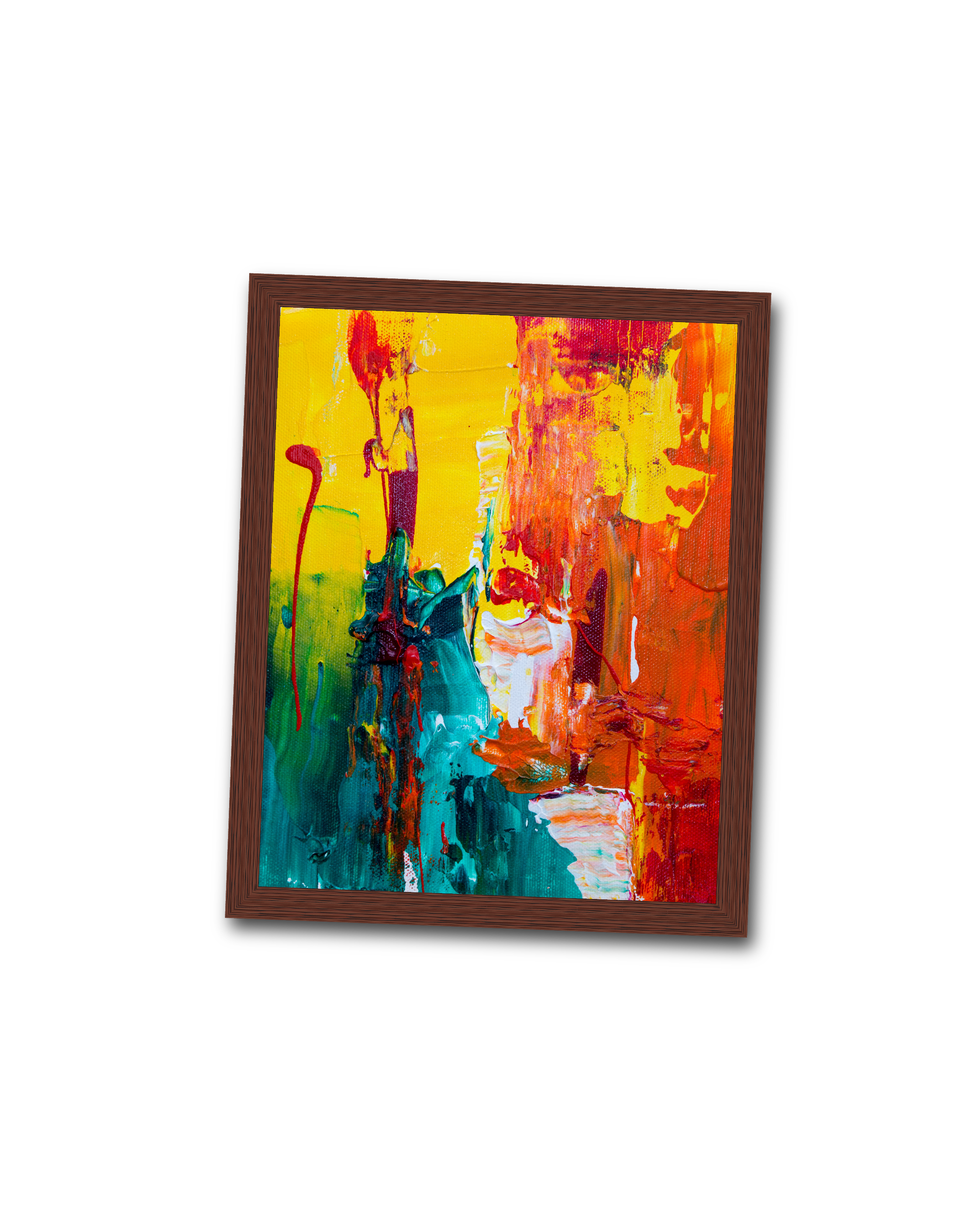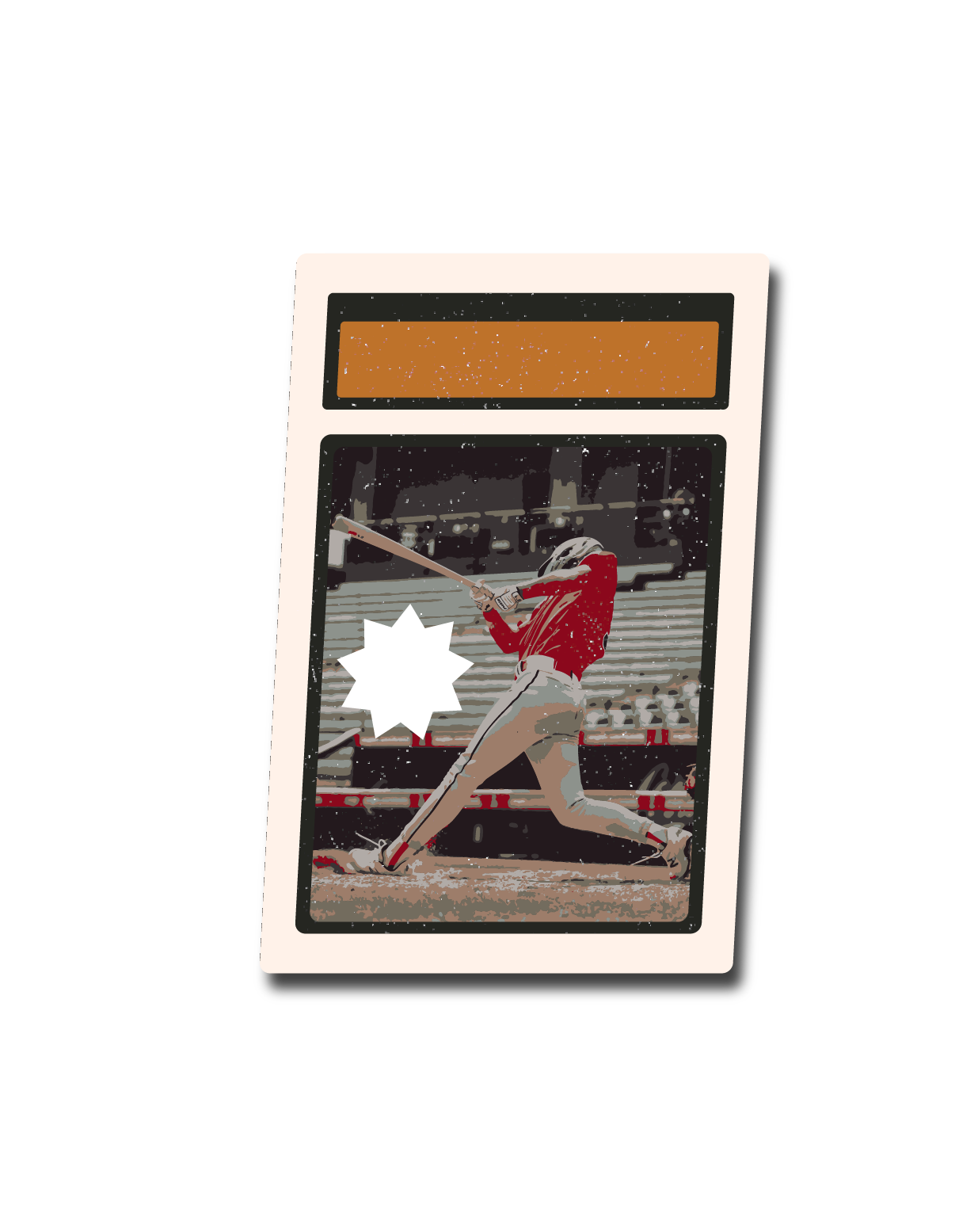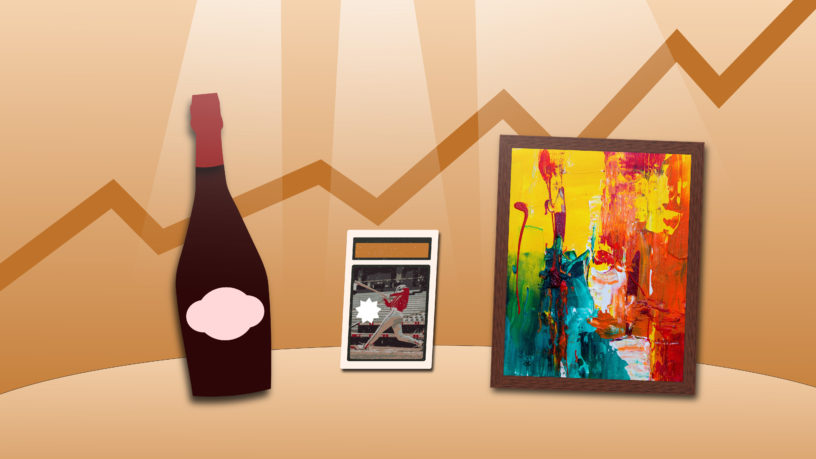By Emerson Williams
ASSETS? BROKERS? INVESTMENTS?
Hear the word “investment” and perhaps the mind fills with visions of stocks and cigar-smoking men in suits. Previously in the world of investing, there was a little known community of investors that did not go beyond Bay Street—but in recent years, it has become increasingly accessible.
Investing is not only for the professionals anymore. There are many ways for students to ensure their money is outpacing inflation as well.
With the rise in online banking, it is now easier than ever to invest money from home. Programs like Wealthsimple and Robinhood help take the strenuous research out of investing—offering simplified and guided ways to invest in traditional assets like stocks and bonds.
The Canadian Price Index (CPI)—which measures the changes in prices experienced by Canadian consumers—has increased by four per cent since August 2022.
Any bank will tell you that money sitting in a chequing account is not being used to its full potential. Investing money is a risk, but the returns could outpace the rate of inflation and wealth advisors at banks can charge fees for anything—down to the transaction of a singular trade.
James Burron, co-founder of the Canadian Association of Alternative Strategies and Assets, said traditional stocks, such as those in Canadian banks, tend to increase in value year-over-year. But there is still risk involved with putting all of your money in one type of investment.
“The only problem with that is go way down in a crisis,” said Burron.
He mentioned the credit crisis of [2007 to] 2008. “Everything went just to hell in a handbasket…Markets were down 40 per cent, all the mutual funds were down…[these investments] are all correlated.”
This newer non-traditional philosophy of independent investing does not stop at online banking. Non-traditional assets are on the rise as well. Enter: alternative investments—a model of investment attracting participants due to its portfolio diversification.
According to Burron, there is less correlation between investments. Therefore, if one investment type is not doing well, it will not affect the other investments as much as it might in traditional investments.
Alternative investments consist of private equity, hedge funds and venture capital, but can also include commodities such as art and wine.
Burron said buying physical assets does appreciate in value but independent investors may only be buying the item because they enjoy it.
That being said, there are companies that utilize the profitability of physical assets in an online, share ownership format so anyone can diversify their investments.
Here’s a look at three ways students can get started today!
ART:

Due to its collectability, art often sees strong returns over time because of the notoriety of artists.
But making big bucks can mean needing to put in big bucks. After all, the interest surrounding art investment comes from its exclusivity, the certain “je ne sais quoi” of being involved in something inaccessible to others.
In 2016, German artist Gerhard Richter’s A.B. Still, sold for just under $34 million to an investor, despite the piece being originally purchased for $264,000 in 1991.
Masterworks was the first to chip away at this accessibility problem in 2017.
Operating out of New York, the company purchases whole art works and offers shares—providing a route for investors globally to buy shares in high-value work from artists such as Andy Warhol and Claude Monet for as low as $20.
Personal investors can sign-up for Masterworks through its website, but they must do a phone interview to ask questions and create a “one-on-one connection” with potential investors.
Once an account is set up, users can expect an annual membership fee of 1.5 per cent of account value as well as a 20 per cent profit cut when a painting is sold.
In truth, the structure of Masterworks does not allow members to directly own the art they invest in. Rather the company purchases valuable art, maintains and restores it. Then, it cashes out the share to its members that invested in pieces sold.
Art investments are a long game, according to the Masterworks website. The company holds onto most pieces for three to 10 years before selling.
Before a piece is sold by the company, users can buy and sell their shares on a marketplace as the forecasted sale price of the artwork increases or decreases in value.
WINE:

Instead of kicking back with a glass of merlot, many investors acquire profitable wine to age and later sell at an appreciated value. This can be done through auction sites such as Sotheby’s—one of the largest global auction houses. But some services are going beyond the process of auction.
Vinovest, an online marketplace for wine investment, is a hub for investors looking to diversify their portfolio with shares of wine. Investors can pick wines to purchase based on research from the company. Vinovest will purchase the wine on behalf of the user and keep track of the value where users can buy or sell.
The company stores purchased wines in their facility until investors choose to liquidate, typically selling aged bottles for profit after a minimum five years of storage. Usually, investors will collect wines in sets of three, six or 12 and sell them at auction altogether.
Although not as instantly profitable as other forms of investment, there is safety in wine investment. With wine, there is little relation to the stock market or the performance of the economy.
According to the Financial Post, Vinovest investments saw an average return of over six per cent from 2014 to 2021. This outweighs Canada’s inflation rate of 3.8 per cent as of September 2023.
But wine could be a difficult collectible to start with for new investors. Vinovest specifically requires users to deposit $1000 USD ($1371 CAD) upon creating an account and a 2.5 per cent management fee—a steep price in comparison to fractional purchases of venture capital.
SPORTS CARDS AND OTHER COLLECTIBLES:

For brand new investors, trading cards could be the risk-friendly, economical way to go. Ever since influencer Logan Paul began investing in Pokémon cards in 2020, even setting a Guinness World Record in 2020 for his $5.25 million purchase of the rare Pikachu Illustrator card, a cultural interest in the popular trading card game continues to grow.
Though expensive and incredibly rare, mint condition cards from early releases of the card game, such as the first edition, shadowless, holographic Charizard, can sell for $300,000. More accessible are the new booster pack releases of the card game, which can resell in good condition for $100-$500.
If rolling the dice on a mystery pack is too risky, buying fractional shares of graded, valuable collectibles could be a safer option. Created in 2020, investment platform Collectable gives collectors the opportunity to own portions of rare goods that would otherwise go to die in an uncle’s storage locker.
From Babe Ruth rookie cards to Andre the Giant’s used jockstrap, investors can buy shares of items for as low as four dollars.
Collectable sells its shares through international Bid Wanted In Competition (BWIC) auctions. Users can bid for shares of assets over a 10-day, two-round process.
There are options for investors wanting to stay out of the bidding too. Their eBay-partnered securitized consignment service offers a way to make cash without parting with any valuables.
Collectable charges a one per cent transaction fee to all items—lower than previous methods of investing.
But with the company being fairly new, there are risks involved. As listed in the firm’s disclaimer, there are few similar companies to follow precedent with and the BWIC technology is not fully developed. Nonetheless, the program is innovative.
LAST WORDS
Burron said students with some extra cash should invest in a variety of options to get a feel for the market. But only what one can afford to lose because initial investments should be about the experience.
“When the person with the experience meets the person with the money, the experience gets the money and the money gets the experience,” he said.
In this uncertain economic environment, it is important to diversify a portfolio, according to Burron.
“When I started [investing] it was just mutual funds and rates were low…now rates have popped back up,” said Burron. “The problem with currency is that you have to shepherd it well. You have to make sure you don’t issue too much debt otherwise…Rome will eventually fall.”










Leave a Reply